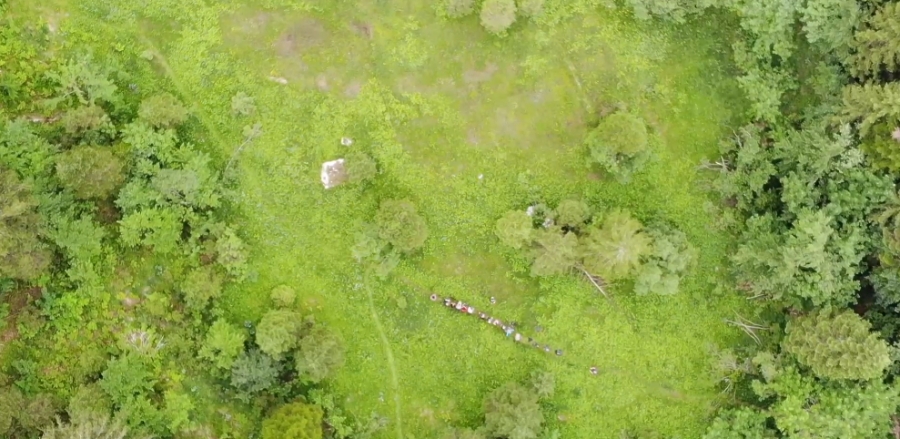A peatland is a particular type of wetland that can be found in naturally intact areas and is generally known for storing greenhouse gasses (GHGs). In the scientific language it is a GHGs ‘sink’. In fact, worldwide peatlands store more carbon than all other vegetation types combined. However, due to climate change and other external conditions, a peatland might turn into a ‘source’ of GHGs, releasing CO2 and methane in the atmosphere.
This is what happened to the Monte Bondone’s peatland (Italy, 1563m above sea level) due to temperature increases. This ecosystem was studied for three years by Italian and Irish researchers that discovered that the wetland released a considerable amount of CO2 in the atmosphere (J.W.M. Pullens et al., 2016)1 . This finding is in contrast with what has been observed to date in most of European peatlands. The cause? Mostly the shortening of the snow period, a rise in temperatures and a decrease in precipitation.
Taking action
Peatlands are key habitats contributing to climate change mitigation. However, some of them are threatened by human exploitation and climate change. For these reasons, different states in Europe are taking action in order to enhance peatlands’ ‘sink’ function and to avoid them turning into CO2 ‘sources’. EUROPARC Federation insists that restoring peatlands is a powerful means to fight against climate change and pollution being that peatlands are “the most efficient terrestrial carbon-sink in the world”.
In the Alps
The LIFE project “Tourbières du Jura” aims at restoring 60 peatlands distributed in 16 Natura 2000 sites in the Doubs and Jura departments. Different restoring interventions that have been carried out are giving positive results that will ultimately benefit a surface of more than 600 hectares. These results will be presented on Thursday 14th November 2019 during a conference dedicated to Alpine wetlands in Annecy (FR).
The regional government of the Bavarian Alps is carrying out operations (singe 1998) for the restoration of endangered peatlands by means of increasing the amount of water and removing young trees and bushes.
And elsewhere
Together with nine partners from Poland, Germany and the Baltic states the LIFE Climate Mitigation project “Peat Restore” aims at rewetting degraded peatlands for an area of 5,300 hectares to restore their natural function as carbon sinks.
The managing organizations of the protected areas of the North of England are collectively investing an unprecedented amount of money and energies for the restoration of damaged peatlands during the conservation works season 2019-2021.
Sources
The article from EUROPARC:
https://www.europarc.org/news/2019/07/restoring-peatlands/
The measures taken in the Bavarian Alps:
https://www.cipra.org/en/good-practice/peatland-restoration-in-the-region-of-the-alps-in-bavaria
The LIFE project “Tourbières du Jura”:
http://www.life-tourbieres-jura.fr/
Conference on Alpine wetlands – 14 November 2019 in Annecy (FR):
“Zones humides de montagne, « Amortisseurs » et 1eres victimes des changements globaux ?”
The LIFE project “Peat Restore”:
https://life-peat-restore.eu/en/
The commitment of English protected areas’ managing organization to preserve peatlands:
https://www.moorsforthefuture.org.uk/the-latest/recent-news/moorlife-2020/the-conservation-works-season-of-20192021-is-set-to-be-the-biggest-yet-for-peatland-restoration
[1]. J.W.M. Pullens et al., 2016, Carbon fluxes of an Alpine peatland in Northern Italy, in Agricultural and Forest Meteorology, ELSEVIER.


